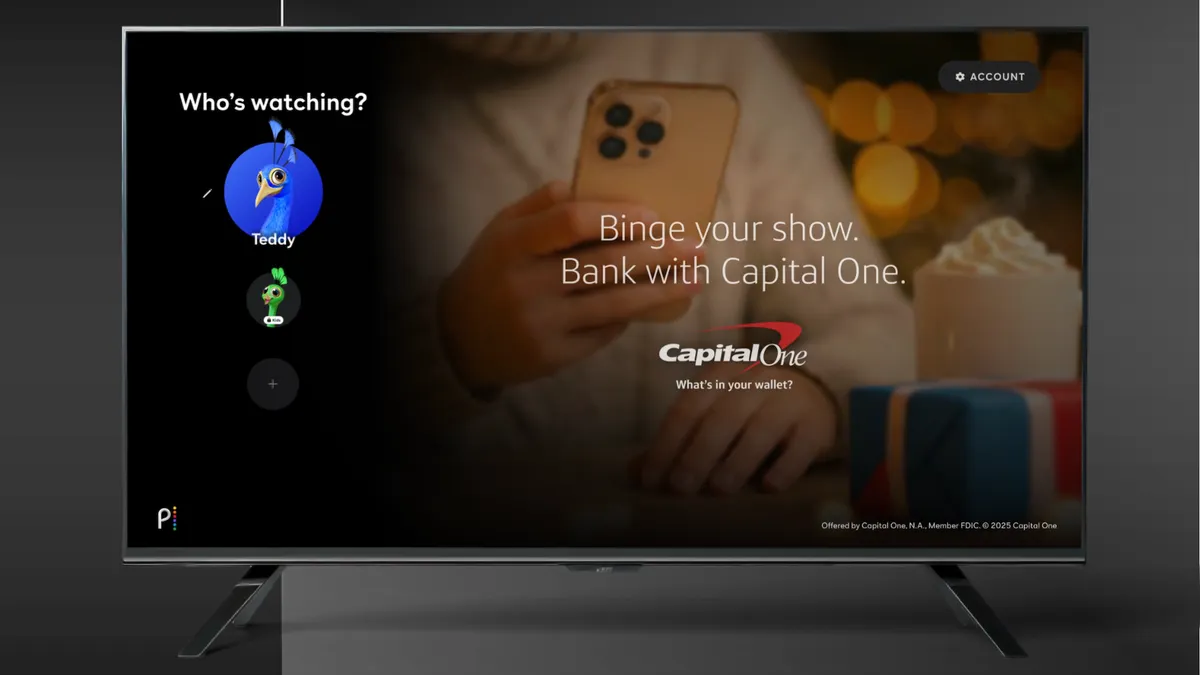If you think ad blocking is going to disappear next year, you'd be mistaken. And given that reality, it is clear that the chatter around ad fraud won't dissipate anytime soon either.
But make no mistake about it, combating ad fraud should be a major industry-wide goal in 2016.
A new study by mobile ad tech firm AppLift and fraud prevention platform Forensiq, found that overall 34% of mobile programmatic traffic is at risk of fraud. Digital Content Next's 2015 DCN Consumer Ad Block Report found 33% of U.S. consumers are either very likely, or somewhat likely to try ad blocking software in the next three months. That translates into a 9% lift in ad blocking installations.
Three stats from Imperva Incapsula's annual Bot Traffic Report prove that ad fraud remains a challenge: human traffic rose from 38.5% in 2013 to 51.5% in 2015, good bot traffic decreased from 31% to 19.5%, and bad bot traffic remained static at around 30%.
Ad blocking and ad fraud are issues that are quite joined at the hip. While there is little the digital advertising community can do to tackle ad blocking, aside from improving ads across the board with an eye on considering the user experience first, ad fraud is something the industry can and should be working actively to stamp out. And the solution begins with transparency.
Transparency through the supply chain can reduce ad fraud
It’s to the advantage of every player in digital advertising -- from marketers to ad tech firms and publishers alike -- to end ad fraud, but where should everyone start?
Steve Sullivan, vp of partner success at Index Exchange, told Marketing Dive that the key to battling ad fraud is in following the money trail behind online ads.
“A fully transparent, traceable supply chain that allows identification of all parties to a transaction is the only way to substantially reduce fraud,” he said.
This means that marketers, ad tech firms, publishers and ancillary parties alike have to create a standardized method of identifying every transaction, every involved player and the monetary aspect of each transaction.
A tall order, yes, but Sullivan explained, “There’s widespread acknowledgement that cutting the money off is crucial to slowing fraud, and following the money is, in turn, crucial to that effort.”
In terms of tactics on the marketing side of fighting ad fraud, advertisers should be willing to put a premium on real traffic, according to Sullivan, as well as hold the other parties accountable for paying that premium for online ads.
Ad fraud exists because it’s profitable and it’s up to brand to demand a higher standard. Sullivan said, “They should be paying close attention to their partners and working with reputable vendors and publishers. Marketers who exert the most pressure on publishers and the ad tech community regarding non-human traffic and viewability will cause the most change in the industry.”
As far as a strategic approach for marketers, brand marketers need to unite to create guidelines and demands for digital advertising that would force ad tech vendors and publishers to establish new standards.
“It’s very serious when you start to realize that fraudsters are stealing billions of dollars in ad revenue from advertisers that should be going to reputable publishers,” Sullivan told Marketing Dive. “The industry has to make it a priority to mitigate these bad actors. Marketers are increasing their digital advertising spend every year, which is only giving more financial incentive to fraudsters. It will not stop until the industry proactively stops them on every side.”
Echoing the Imperva Incapsula report, he said, “Botnets are likely the biggest threat, because they make up such a large volume of fraud, they are adaptable and with the right coding they can actually mimic human traffic.”
Fraudulent ads give publishers zero control over what is displayed on their websites, even if they avoid “bad ads.” And what's worse, fraudulent ads might even provide the absolute worst user experience in the form of maladvertising.
No one can blame a website visitor from wanting to avoid being a victim of an online crime.
The Interactive Advertising Bureau and the World Federation of Advertisers agree, and have both exhorted their members to begin putting user experience in front of revenue when creating online campaigns.
A major reason people use ad blocking software is because they have come to associate ads with unfavorable user experiences on websites across the Internet. Such "bad ads" include those that move around the screen or don't allow the user to skip over them or switch them off. For example autoplay ads, which have been adopted by multiple social sites including Facebook and Twitter, fall under the “bad ad” category, especially those with sound.
Tony Weisman, the chief executive of the digital agency DigitasLBi North America, told the New York Times, “Ads are getting more pervasive and more difficult to easily get past. We are just destroying the user experience.”
Getting serious about fraud
Sullivan sees 2016 as the year that real steps will be taken to combat ad fraud and make life tougher for the perpetrators of ad fraud.
“From the fraudsters’ perspective, this means that rather than the easy pickings they’ve been accustomed to; they’ll have to find new ways to commit fraud, which they will,” he said. “But it will be a bit harder, and it will require more effort.”
That will force out some of the less-capable ad fraud players because committing fraud will become less lucrative and less appealing.
But even this win in the ad fraud battle comes with a down side according to Sullivan, “We’re all for fewer fraudsters, but the dark side of that is the ones that remain will be very capable and will face less competition.”
Still, he is optimistic that "2016 is the year that we, as an industry, are going to start getting serious about fraud."




















